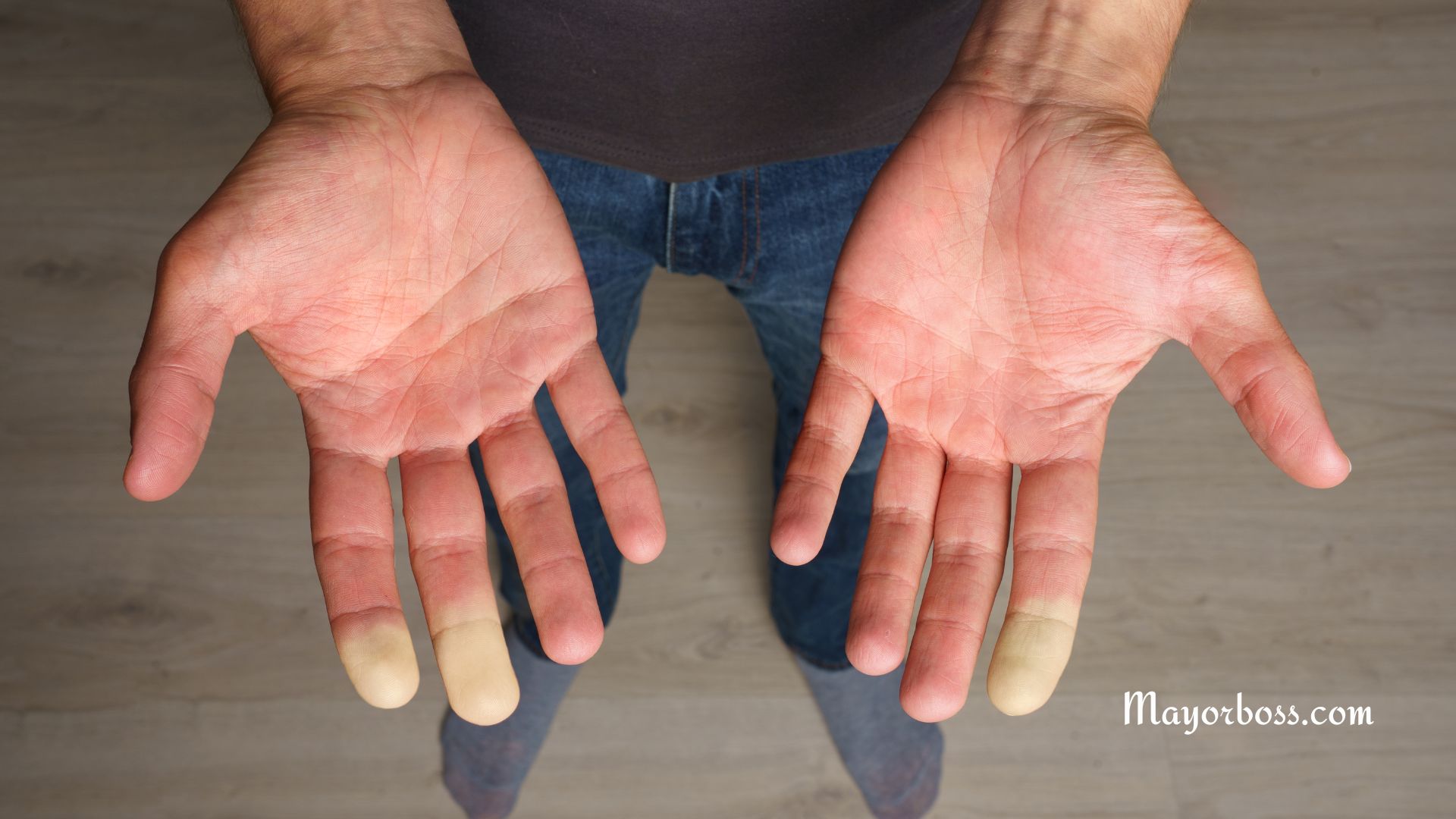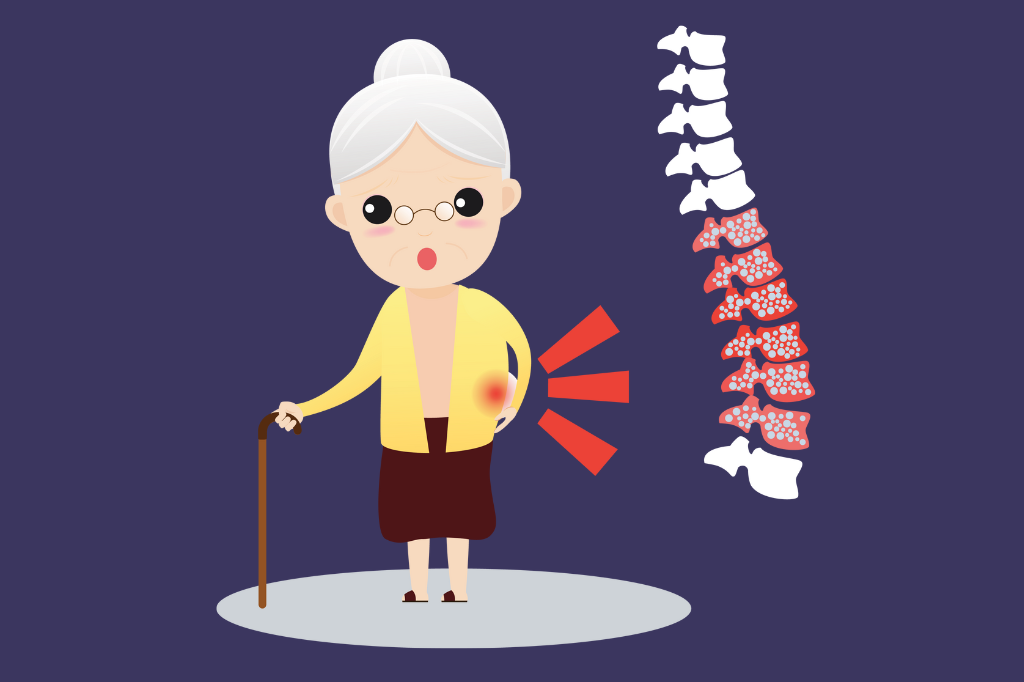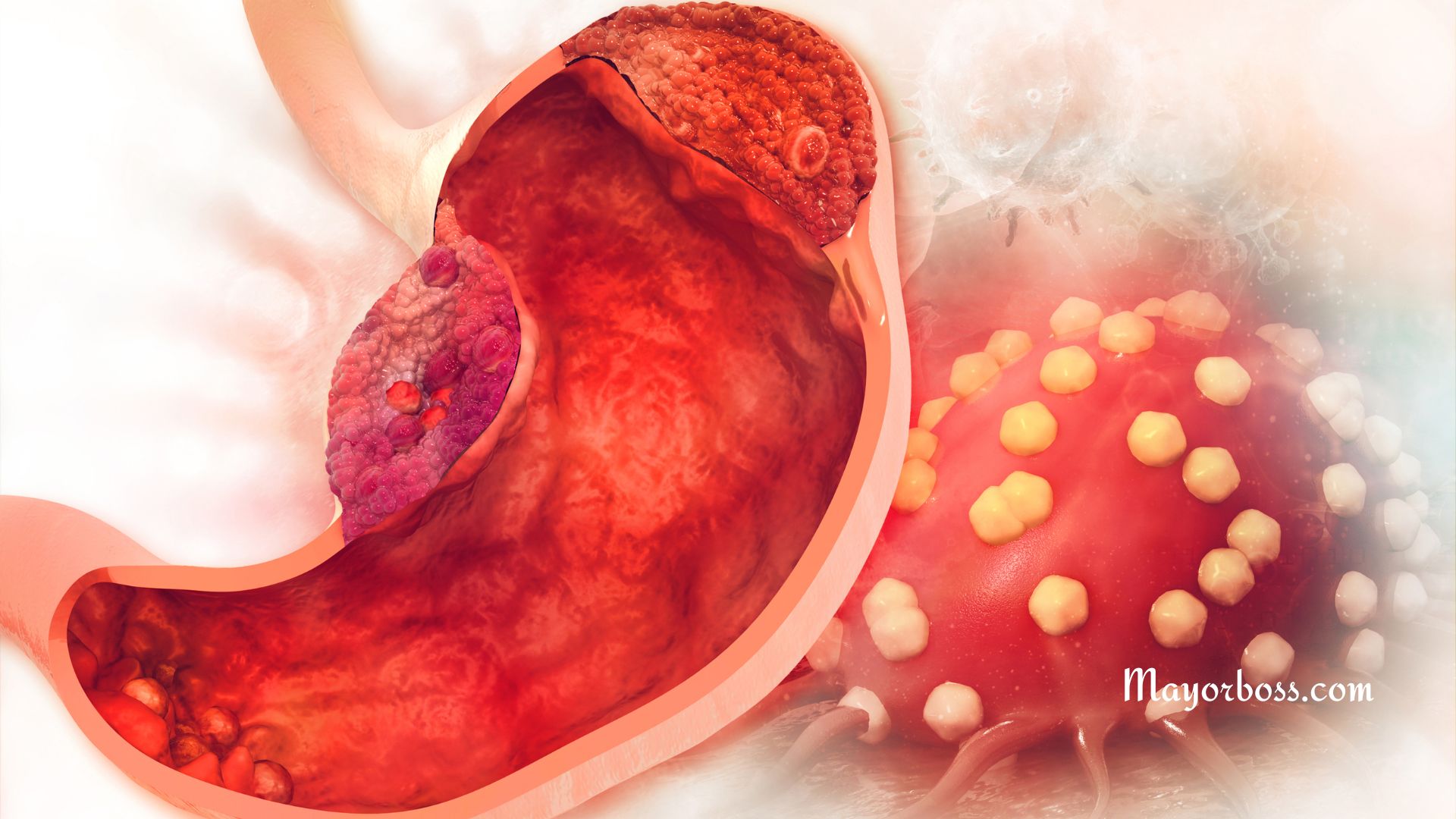What is Raynaud’s Syndrome?
What is Raynaud’s Syndrome? Raynaud’s syndrome is a condition where some parts of the body—usually the fingers and toes—feel numb and cold in response to cold temperatures or stress. It can be a standalone issue or a symptom of another underlying condition.

What Happens During a Raynaud’s Attack?
When you experience a Raynaud’s attack, the small blood vessels in the affected areas constrict, severely limiting blood flow. Typically, this happens in your fingers and toes, but it can also affect other areas like your ears, nose, and lips. During the episode, the affected areas can change color to white, then blue, and finally red as the blood flow returns.
Two Types: Primary and Secondary
Raynaud’s syndrome comes in two flavors: primary and secondary.
Primary Raynaud’s
Also known as Raynaud’s disease, this is the more common type. If you have primary Raynaud’s, it means that the condition isn’t linked to any other medical issues. In most cases, primary Raynaud’s is less severe than its secondary counterpart.
Secondary Raynaud’s
Also referred to as Raynaud’s phenomenon, secondary Raynaud’s is usually associated with another underlying disease or condition. Examples of conditions that can cause secondary Raynaud’s include lupus, rheumatoid arthritis, and scleroderma. Secondary Raynaud’s is often more serious due to its association with other medical conditions.
Common Triggers
So, what sets off a Raynaud’s episode? Cold temperatures are the usual suspects. Even a slight chill can trigger an attack if you’re sensitive. Stress is another common trigger. Therefore, stress management techniques may help in managing the symptoms.
How is it Diagnosed?
To diagnose Raynaud’s, your doctor will usually ask about your symptoms and may perform tests to rule out other conditions. In some cases, a blood test may be ordered to check for signs of autoimmune diseases if secondary Raynaud’s is suspected.
Treatment
Treatment often focuses on managing symptoms and preventing complications. For those with mild symptoms, simple lifestyle changes like avoiding cold temperatures and using gloves can be quite effective. Medications that dilate blood vessels are also available for more severe cases. In people with secondary Raynaud’s, treating the underlying condition is crucial.
Prevention Tips
Yes, you can take steps to minimize the impact of Raynaud’s syndrome in your life. For instance, avoid exposure to cold air or water whenever possible. Keep your home warm, and dress in layers when going out. Also, exercising regularly can improve your overall circulation, thereby helping you cope with this condition.
Frequently Asked Questions
What Parts of the Body Does Raynaud’s Affect?
Raynaud’s syndrome most commonly affects the fingers and toes. However, other extremities, like your ears, nose, and lips, can also experience restricted blood flow during an attack. The skin in these areas can change color, and you may feel numbness or cold sensations.
How Long Do Raynaud’s Attacks Last?
A Raynaud’s episode can vary in duration, usually lasting from a few minutes to several hours. The length of an attack can depend on how quickly you can warm up the affected area and whether the trigger—like cold or stress—is still present. Once the episode ends, normal blood flow returns and the affected areas revert to their usual color and sensation.
Can Raynaud’s Syndrome Be Cured?
Currently, there’s no cure for Raynaud’s syndrome. But don’t lose hope. Treatment options are available to manage your symptoms effectively. Lifestyle changes, such as avoiding cold and stressful situations, can make a big difference. Medications that dilate the blood vessels are also an option for severe cases.
Is Raynaud’s Syndrome Dangerous?
In most instances, Raynaud’s is more of a discomfort than a serious threat. However, in severe cases, particularly in secondary Raynaud’s linked to other medical conditions, complications can arise. Lack of blood flow can lead to tissue damage and ulcers, which, in extreme cases, could require amputation.
What Should I Do If I Suspect I Have Raynaud’s Syndrome?
If you think you’re experiencing symptoms of Raynaud’s, consult a healthcare professional for a proper diagnosis. You might undergo tests to determine if it’s primary or secondary Raynaud’s and to rule out other conditions. Early diagnosis can help you manage the symptoms more effectively and prevent potential complications.






